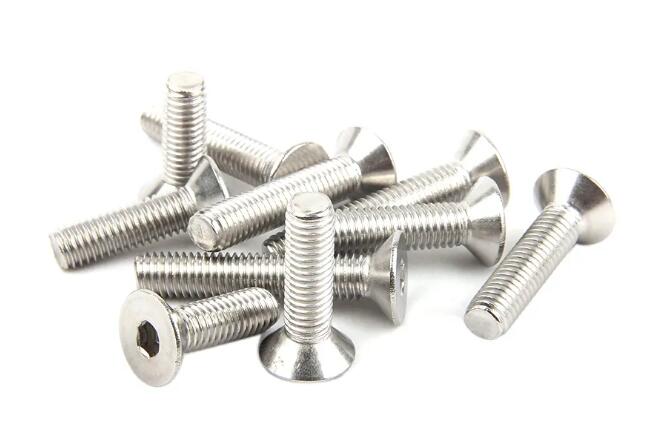Rebar, short for reinforcing bar, is a crucial component in construction, providing the necessary strength and durability to concrete structures. Made primarily from steel, rebar enhances the tensile strength of concrete, allowing it to withstand various loads and stresses. This article delves into the importance of rebar in construction, its types, applications, and the role it plays alongside materials like geotextile in modern engineering.
What is rebar, and why is it important in construction?
Rebar, or reinforcing bar, is a steel bar used in concrete structures to enhance their tensile strength. Concrete, while strong in compression, is weak in tension. Rebar compensates for this weakness by providing the necessary tensile strength, allowing the concrete to resist cracking and structural failure under load. The combination of concrete and rebar forms a composite material that is both strong and durable, making it essential for building foundations, bridges, and other critical infrastructure.

What are the different types of rebar used in construction?
There are several types of rebar used in construction, each with specific properties and applications:
- Mild Steel Rebar: The most common type, used in general construction for its good ductility and weldability.
- High-Strength Steel Rebar: Provides higher tensile strength, used in heavy-duty applications like high-rise buildings and bridges.
- Stainless Steel Rebar: Offers excellent corrosion resistance, ideal for structures exposed to harsh environments, such as marine structures.
- Epoxy-Coated Rebar: Used in areas with high moisture or corrosive conditions, thanks to its protective coating that prevents rust.
How is rebar used in conjunction with geotextile in construction?
Rebar and geotextile are often used together in construction projects to improve the strength and stability of structures. Geotextile is a synthetic fabric used in civil engineering to reinforce soil, prevent erosion, and manage drainage. When used together, geotextile stabilizes the ground, providing a solid base for the rebar-reinforced concrete. This combination is particularly effective in road construction, retaining walls, and foundation works, where both soil reinforcement and structural integrity are critical.
What are the best practices for installing rebar in concrete structures?
Proper installation of rebar is crucial for ensuring the strength and longevity of concrete structures. Best practices include:
- Correct Spacing: Rebar should be spaced according to design specifications to ensure even distribution of tensile forces.
- Proper Coverage: Rebar should be adequately covered with concrete to prevent exposure to moisture, which can lead to rust and weakening of the structure.
- Tying Rebar: Rebar should be securely tied at intersections using wire ties to maintain its position during concrete pouring.
- Use of Supports: Rebar should be supported at the correct height using chairs or spacers to ensure it remains in place during concrete placement.
Rebar plays a vital role in enhancing the strength and durability of concrete structures, making it indispensable in construction. Its various types cater to different structural needs, while its combination with materials like geotextile ensures optimal performance in diverse environments. Proper installation and maintenance of rebar are essential for the longevity and safety of any construction project. Understanding the significance of rebar and adhering to best practices ensures that structures can withstand the test of time.



